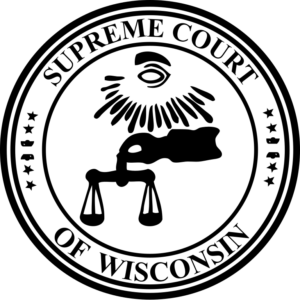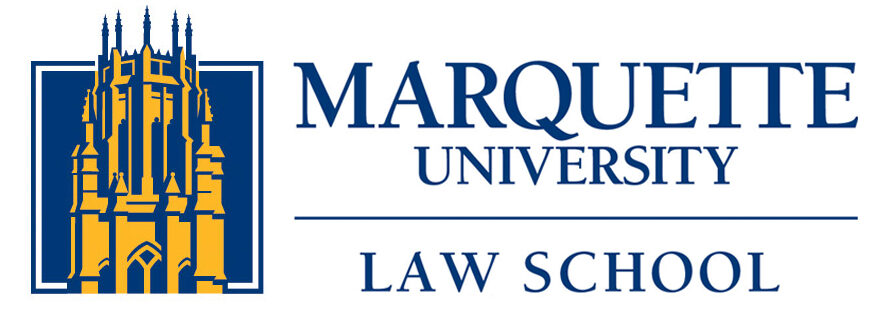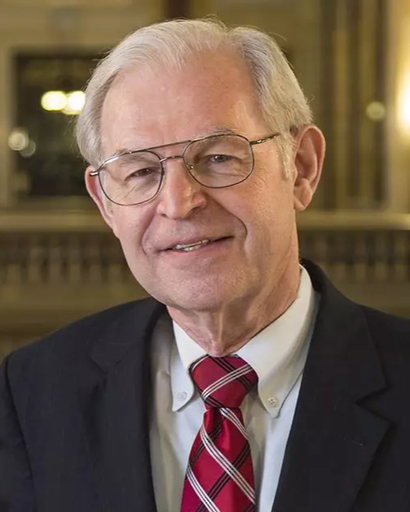With Many Voters Still Undecided, Videos of Lubar Center “Get to Know” Programs of Supreme Court Candidates Can Help
 A problem, before a solution: The problem is that a large number of registered voters in Wisconsin do not know enough about or do not have an opinion of the two candidates running in the April 1 election for a seat on Wisconsin’s Supreme Court. Results of the Marquette Law School Poll released on March 5 found that 38 percent of voters do not have an opinion about Brad Schimel, former Wisconsin attorney general and now a Waukesha County circuit judge, and 58 percent do not have an opinion about Susan Crawford, a Dane County circuit judge. The two are squaring off in what some commentators have called the most important election underway currently in the United States.
A problem, before a solution: The problem is that a large number of registered voters in Wisconsin do not know enough about or do not have an opinion of the two candidates running in the April 1 election for a seat on Wisconsin’s Supreme Court. Results of the Marquette Law School Poll released on March 5 found that 38 percent of voters do not have an opinion about Brad Schimel, former Wisconsin attorney general and now a Waukesha County circuit judge, and 58 percent do not have an opinion about Susan Crawford, a Dane County circuit judge. The two are squaring off in what some commentators have called the most important election underway currently in the United States.
One of the current justices, Ann Walsh Bradley, is retiring after 30 years of serving on the court. That means that the outcome of the formally nonpartisan race between Crawford, who is strongly backed by Democrats, and Schimel, who is strongly backed by Republicans, is regarded as likely to have decisive impact on several major upcoming cases before the court. Yet, with election day approaching quickly, the candidates have not established their identity with many voters.
The solution is two “Get to Know” programs at Marquette Law School, hosted by Derek Mosley, director of the Lubar Center for Public Policy Research and Civic Education, in which Crawford and Schimel talked about who they are and what they stand for. The public conversations, on February 18 with Schimel and Feb. 28 with Crawford, provide good looks at the candidates in a format that is welcoming. And each is available online (see links at the end of this post).
Both candidates talked about their personal stories. Schimel was born in West Allis, grew up mostly in Waukesha County, and was a long-time prosecutor in Waukesha County, including a run as district attorney. Then he was elected Wisconsin attorney general, serving 2015–2019. Crawford grew up in Chippewa Falls. She was hired by Jim Doyle, then the attorney general of Wisconsin, to work in the state justice department and subsequently worked as a lawyer for the state Department of Corrections and the Department of Natural Resources before becoming chief legal counsel to Doyle while he was governor. She also was in private practice as a civil litigator before becoming a judge in 2018.
Mosley asked Schimel why he was running for the Supreme Court. “I watched what happened in 2023,” he said, when Judge Janet Protasiewicz defeated former Supreme Court Justice Daniel Kelly in the most expensive judicial race in American history. That swung the balance of the court to the side widely considered more liberal and led to rulings such as reopening work on legislative district boundaries in Wisconsin. Schimel said that Protasiewicz gave her opinion of some legal issues during the campaign. He said that justices need to have an open mind on issues “until the last word is said.” He described himself as “a judicial conservative” and said that, for a justice, “the foundation of what you do is you don’t make law.”
In her conversation with Mosley, Crawford said that “My judicial philosophy is pragmatism” and that, as a judge, her goal is to apply the law fairly and impartially. “I don’t look at judicial issues as abstract principles,” she said. She said her broad experience in many areas of the law makes her “exceptionally well qualified” to serve on the Supreme Court. “I’m running to be a fair and impartial justice on the Supreme Court,” she said.
At a time when large numbers of registered voters say they don’t know enough about either of the candidates, the “Get to Know” label for a series of Lubar Center programs is particularly apt. The one-hour video of the Feb. 18 conversation with Judge Schimel may be viewed by clicking here. The one-hour video of the Feb. 28 conversation with Judge Crawford may be viewed by clicking here.



